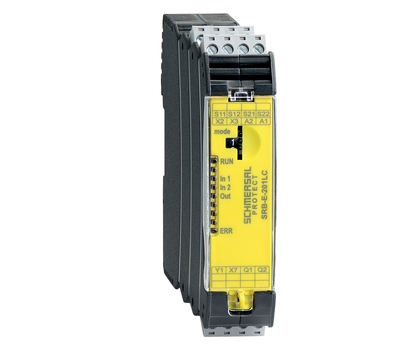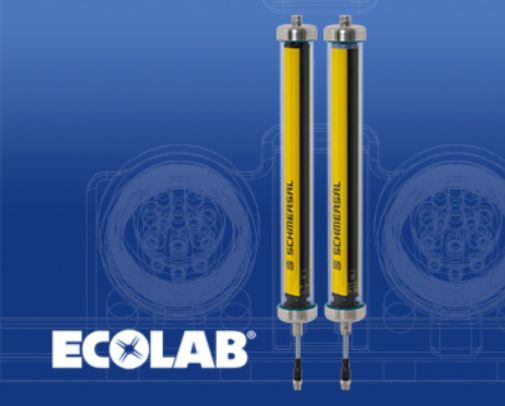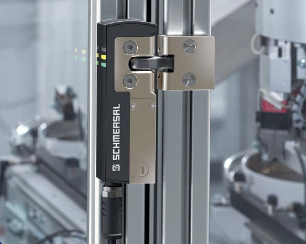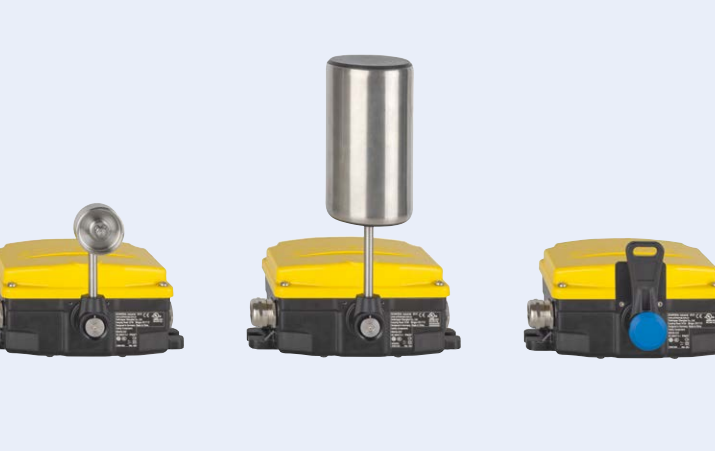Intrinsic safety equipment powered externally needs to be equipped with corresponding associated devices
Associated device: Electrical equipment that includes intrinsic safety circuits and non intrinsic safety circuits, and whose structure prevents non intrinsic safety circuits from having adverse effects on intrinsic safety circuits.
Associated devices are used in safe areas to provide power or communicate with intrinsically safe equipment in hazardous areas, without affecting their intrinsic safety performance. If used in hazardous areas, the associated device needs to be protected by another explosion-proof type, such as being placed inside a flameproof enclosure. The most commonly used associated device on site is a safety barrier.
When selecting safety barriers, attention should be paid to verifying whether the intrinsic safety parameter matching relationship between the safety barrier and the corresponding intrinsic safety equipment is suitable.
picture
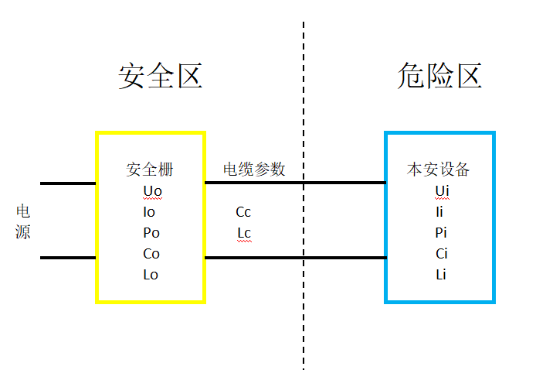
The term meaning of intrinsic safety parameters:
1. Safety barrier end:
1) Maximum output voltage Uo: The highest voltage (AC or DC) that appears on the connection of any device to which the maximum voltage is applied
2) Maximum output current Io: The maximum current (AC or DC) in the device that can be obtained from its connectors
3) Maximum output power Po: the maximum electrical power that can be obtained from the device
4) Maximum external capacitance Co: The maximum capacitance that can be connected to the device's connector without causing the explosion-proof type to fail
5) Maximum external inductance Lo: The maximum inductance that can be connected to the device's connector without causing the explosion-proof type to fail
2. Intrinsic safety equipment end:
(1) Maximum input voltage Ui: The highest voltage (AC or DC) that can be applied to the connection of the equipment without causing the explosion-proof type to fail
(2) Maximum input current Ii: The maximum current (AC or DC) that can be applied to the connections of the equipment without causing the explosion-proof type to fail
(3) Maximum input power Pi: The maximum power that can be applied to the connection of the device without causing the explosion-proof type to fail
(4) Maximum internal capacitance Ci: The maximum equivalent internal capacitance of the device appearing on the connector
(5) Maximum internal inductance Li: The maximum equivalent internal inductance of the device where the connector appears
3. Cable parameters:
(1) Cc: Maximum allowable distributed capacitance of cable
(2) Lc: Maximum allowable distributed inductance of cable
The matching relationship between safety barriers and intrinsic safety equipment should meet the following requirements:
Ui ≥ Uo
Ii ≥ Io
(Co - Ci)≥ Cc
(Lo - Li)≥ Lc
In a system consisting of a safety barrier and multiple intrinsic safety devices, Ci and Li should be the sum of the internal capacitance and inductance of all connected devices in the intrinsic safety circuit
When applied on site, the distributed capacitance Cc and distributed inductance Lc of the cable should be considered. During on-site verification, Cc and Lc are usually determined by the electrical parameters and cable length provided by the cable manufacturer under the most unfavorable conditions
Note:
Ck: Distribution capacitance per unit length of cable
Lk: Distribution capacitance per unit length of cable
L: Actual wiring length
Cc=Ck * L
Lc=Lk * L


